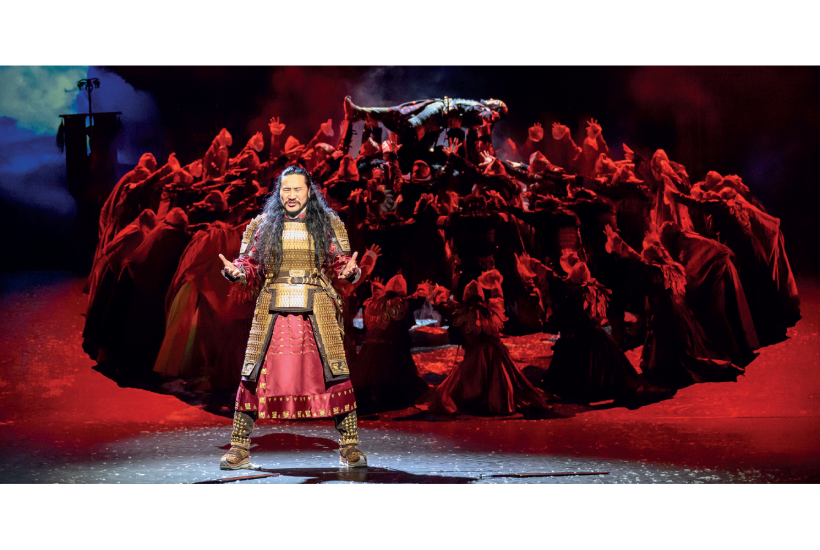When the Ballets Russes first presented Fokine’s Polovtsian Dances at Covent Garden in 1911, such was its orgiastic savagery that ladies in the audience were said to be genuinely terrified that its grease-painted warriors were about to leap off the stage and ravish them. The Mongol Khan, a great hit imported from Ulan Bator, may not induce genteel screaming, but it has some awe-inspiring moments and belongs in the same ersatz orientalist tradition as Fokine’s ballet – primitive Asiatic culture made colourfully palatable to western tastes.
Already a subscriber? Log in
Subscribe for just $2 a week
Try a month of The Spectator Australia absolutely free and without commitment. Not only that but – if you choose to continue – you’ll pay just $2 a week for your first year.
- Unlimited access to spectator.com.au and app
- The weekly edition on the Spectator Australia app
- Spectator podcasts and newsletters
- Full access to spectator.co.uk
Unlock this article
You might disagree with half of it, but you’ll enjoy reading all of it. Try your first month for free, then just $2 a week for the remainder of your first year.








Comments
Don't miss out
Join the conversation with other Spectator Australia readers. Subscribe to leave a comment.
SUBSCRIBEAlready a subscriber? Log in